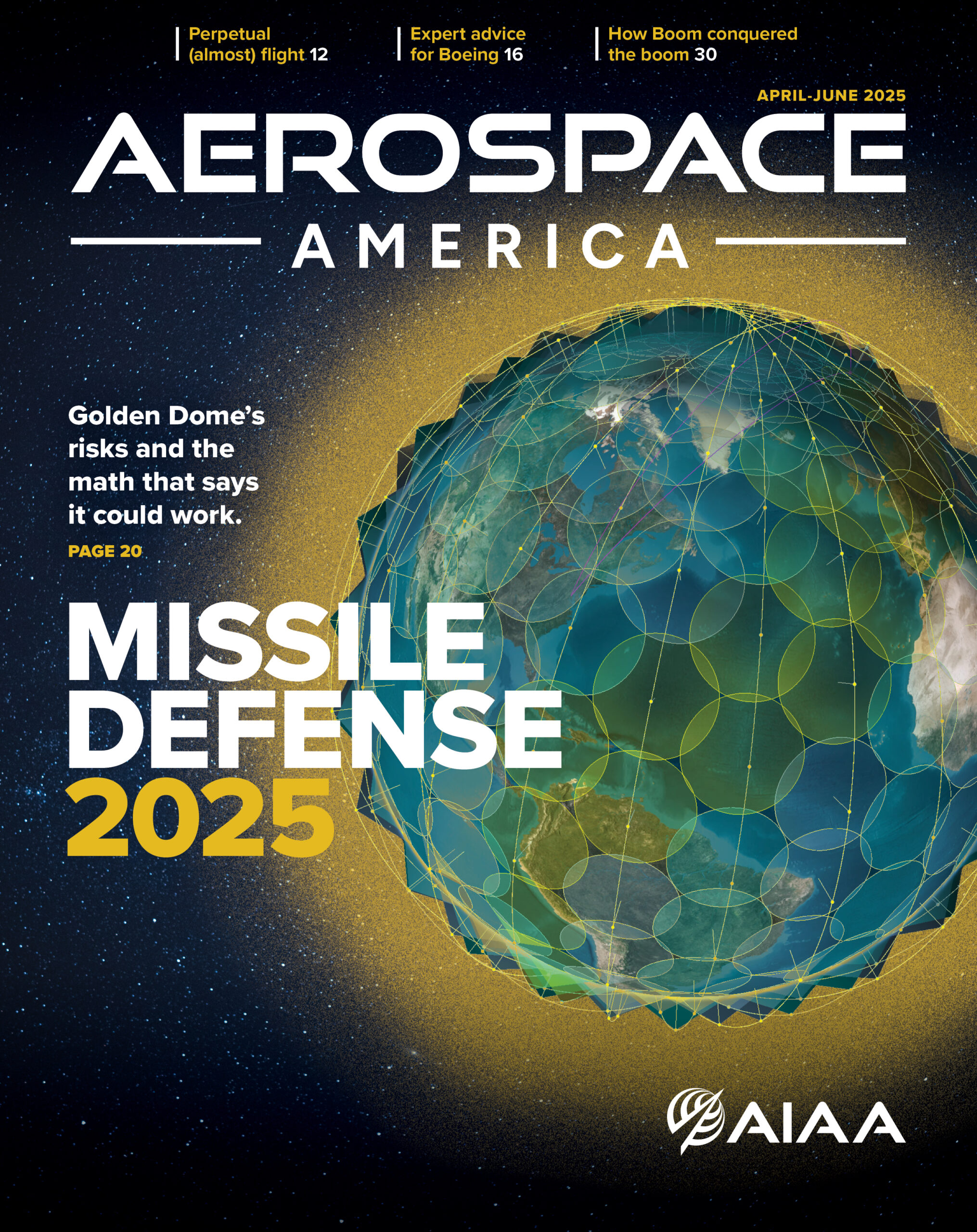How was it possible to go from the first human-powered sustained flight to the first flight on another planet in less than half a century?
Listen to Will Pomerantz of AeroVironment describe the remarkable journey of human ingenuity and engineering prowess that led to the first controlled human-powered flight and subsequent flight across the English Channel, to the incredible flights of the Ingenuity helicopter on Mars just 44 years later.
Pomerantz, head of space ventures for AeroVironment, takes viewers on a tour of aerospace inventiveness in describing how to do more with less and making endeavors more affordable and accessible.
The challenge of human-powered flight sparked this journey, Pomerantz explains. In 1977, AeroVironment founder Paul MacCready succeeded, winning the Kremer Prize with the Gossamer Condor – a lightweight aircraft powered by a cyclist that demonstrated sustained and controlled human-powered flight. An even lighter aircraft subsequently crossed the English Channel.
The engineer describes how this set the stage for MacCready’s founding of AeroVironment, a name that emphasizes the link between aerospace and environmental responsibility. This focus drove the company to explore solar power, resulting in the first human-crewed solar-powered flight and later success in the World Solar Car Challenge.
This in turn led AeroVironment to partner with NASA to develop High Altitude Persistent Stratospheric (HAPS) aircraft like Pathfinder, Centurion, and Helios. These solar-powered, remotely piloted aircraft could fly at near-space altitudes for extended periods. Pomerantz illuminates how these giant flying wing platforms offered valuable observation and telecommunications capabilities.
This expertise made AeroVironment a natural partner for NASA Jet Propulsion Laboratory (JPL) in developing the Mars helicopter, Ingenuity. Championed by JPL’s Bob Balaram, Ingenuity offered a new perspective for Mars exploration.
While Pomerantz depicts its development initially as a fun engineering exercise, Ingenuity was selected as a technology demonstrator for the Perseverance rover mission, with the goal of achieving five flights to prove the feasibility of flight on Mars.
The amazing adventure continued with Ingenuity landing on Mars in 2021. Despite the extremely thin Martian atmosphere, Ingenuity achieved its first flight, marking a Wright Brothers moment on another planet for the first time.
Pomerantz describes the excitement as the helicopter exceeded all expectations, completing 72 flights over three years, far surpassing its goal of five flights within a month. This, with an aircraft no one thought would fly at all in the Martian skies.
Now AeroVironment and JPL are exploring future Mars aerial explorers with robotic arms and wheels, while maintaining a focus on low mass and high efficiency. Pomerantz concludes that Ingenuity’s success illustrates the value of pushing engineering boundaries and the potential for innovative, cost-effective solutions in aerospace and planetary exploration, essentially achieving more with less.




